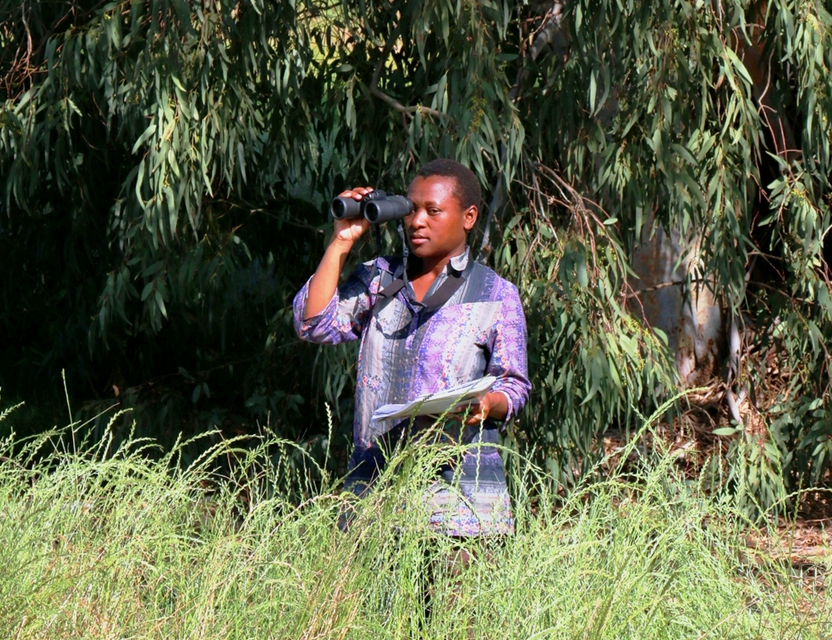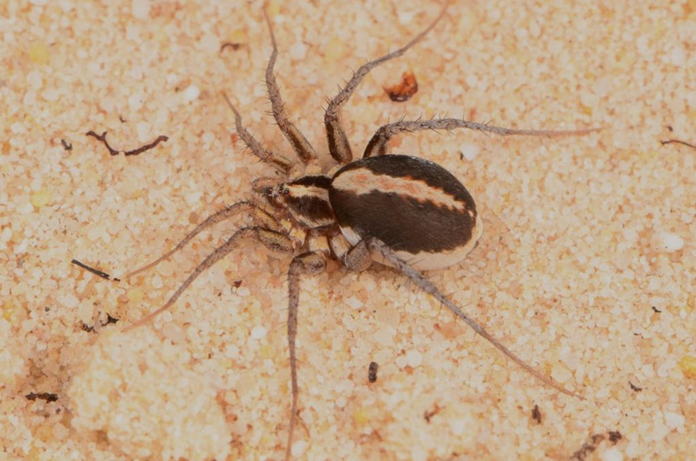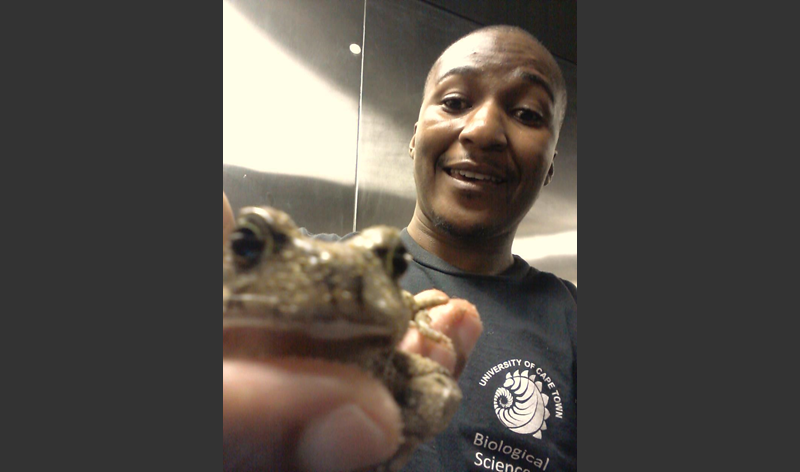Eucalyptus invasions reduce bird diversity in a riparian habitat
The areas between land and a river or stream (riparian habitats) forms a small fraction of the landscape, but support a high diversity of birds. Invasion of these riparian areas by invasive alien plants can negatively affect bird groupings and the important services such as seed dispersal and pollination that birds provide in the ecosystem.



